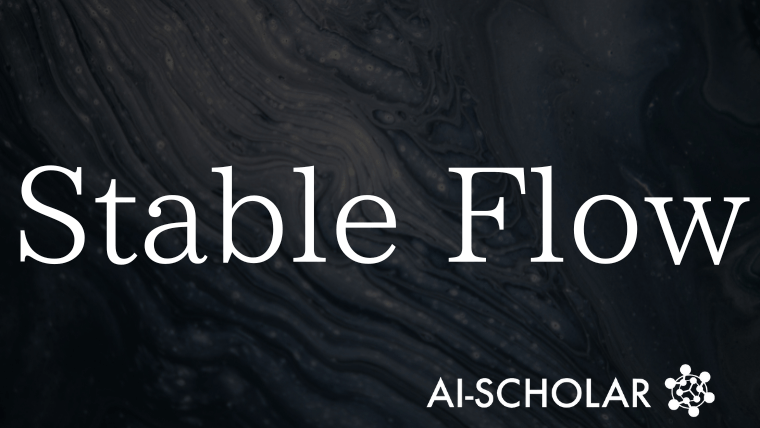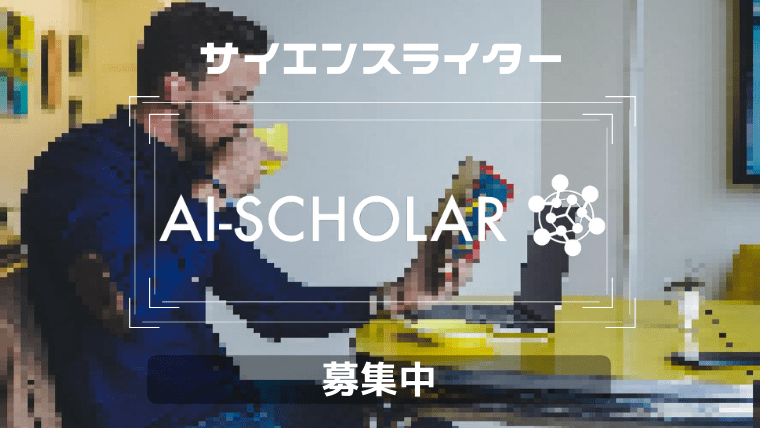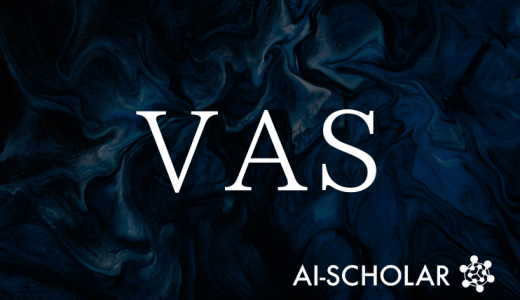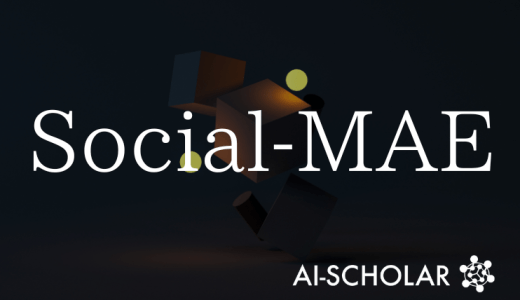
Stable Flow: Visualization Of The "really Important Layers" Behind Image Generation
3 main points
✔️ Proposed a full layer visualization method using prompts and image bypassing.
✔️ Identifies important and less important layers of the model and visualizes the impact on performance.
✔️ Bypassing layers has little impact, allowing for efficient simplification of the model.
Stable Flow: Vital Layers for Training-Free Image Editing
written by Omri Avrahami, Or Patashnik, Ohad Fried, Egor Nemchinov, Kfir Aberman, Dani Lischinski, Daniel Cohen-Or
(Submitted on 21 Nov 2024 (v1), last revised 15 Mar 2025 (this version, v2))
Comments: CVPR 2025. Project page is available at this https URL
Subjects: Computer Vision and Pattern Recognition (cs.CV); Graphics (cs.GR); Machine Learning (cs.LG)
code:

The images used in this article are from the paper, the introductory slides, or were created based on them.
Summary
The paper "Stable Flow: Vital Layers for Training-Free Image Editing" describes an image editing technique that uses deep learning. This method is unique in that it enables complex image editing operations without requiring prior training. Specifically, it can perform a wide variety of editing tasks, such as adding or removing styles, transforming objects, and changing backgrounds. This method efficiently performs editing operations by combining the Transformer's layers in a specific way. The paper also presents a visualization of the role of each layer, allowing the identification of important and less important layers. The results also show high performance and low computational cost compared to traditional learning-based methods. This approach allows researchers and developers to quickly leverage image editing tools.
Research Background
This paper attempts to visualize how each layer is processing information in visual data analysis using Transformer. Specifically, it studies how the images produced change using a method that bypasses the different layers. This method reveals whether each layer plays a role or can be omitted. This provides insights that can improve the efficiency and performance of the model. This research also increases the interpretability of the model and helps us understand why certain outputs are produced. Visual validation is an important means of intuitively grasping the inner workings of a seemingly complex model. The results of the analysis provide a foundation for further research and application development, and contribute to the evolution of image processing techniques using machine learning.
Proposed Method
This paper compares several methods in image generation modeling and proposes a new approach. The main goal is to explore how different scenes and objects can be naturally synthesized. In particular, existing techniques such as Stable Diffusion have limitations in expressiveness, and this study explores ways to improve them.
The paper evaluates the performance of the different models by visually comparing their output. Each model is used to generate photographic and pictorial style images, explicitly showing how they differ. Specifically, their abilities are tested in processing backgrounds of different object structure, color, and quality.
It also analyzes the impact of each layer on the generation using a layer-by-layer function bypass technique. This is intended to reveal which layers play an important role and how adjusting the layers changes the quality of the output image.
This study offers promising methods for improving the quality of image generation and may provide useful insights, especially in creative applications.
Experiment
The paper examines methods for extracting information using image generation models. Specifically, the paper analyzes in detail the role of layers, which are important in extracting specific information for an image. In our experiments, we first focus on different parts of each image and analyze the contribution of each layer. Figure examples show the changes in the images generated through the different layers, revealing what is considered important. The goal of this approach is to streamline the generation process, saving time and computational resources by eliminating unnecessary information. We are also evaluating different metrics to demonstrate the usefulness of the model, including usability and performance improvements. This research provides useful insights for researchers and students seeking to optimize models, especially in machine learning.
Summary
This paper describes the detailed mechanism of one of the image generation models, FLUX, which works by combining different methods to generate high-quality, realistic images. In particular, new methods are introduced to overcome the problems of existing models and to improve the accuracy of the generated images.
Within the text, we have also evaluated its performance under a variety of different data sets and conditions to confirm its effectiveness. Specifically, the system has text-driven image editing capabilities that allow for image modification based on given conditions. This demonstrates its ability to generate accurate images in response to prompts.
In addition, the report discusses in detail the advantages of FLUX over traditional approaches. The data demonstrate how FLUX can provide solutions to existing challenges. It suggests that this opens up new possibilities for image generation technology.
Categories related to this article
- Article
- Image Recognition
- Machine Learning
- Deep Learning
- Image Recognition And Analysis
- Image Generation
- Pruning
- Model Compression
- Image Generation
- Neural Network
- Transformer
- Explainable AI
- Explainable.AI
- Generative Model
- Flow-based Model
- Diffusion Model
- Video Generation
- Stable Diffusion
- Prompting Method
- Computer Vision
- CLIP
- Generative AI








